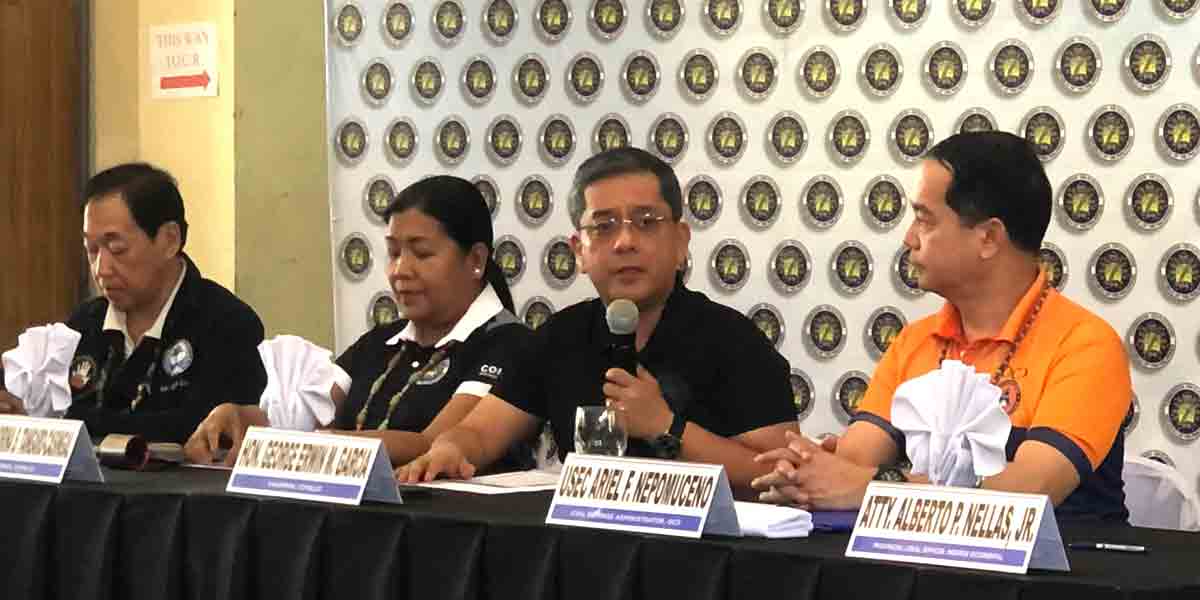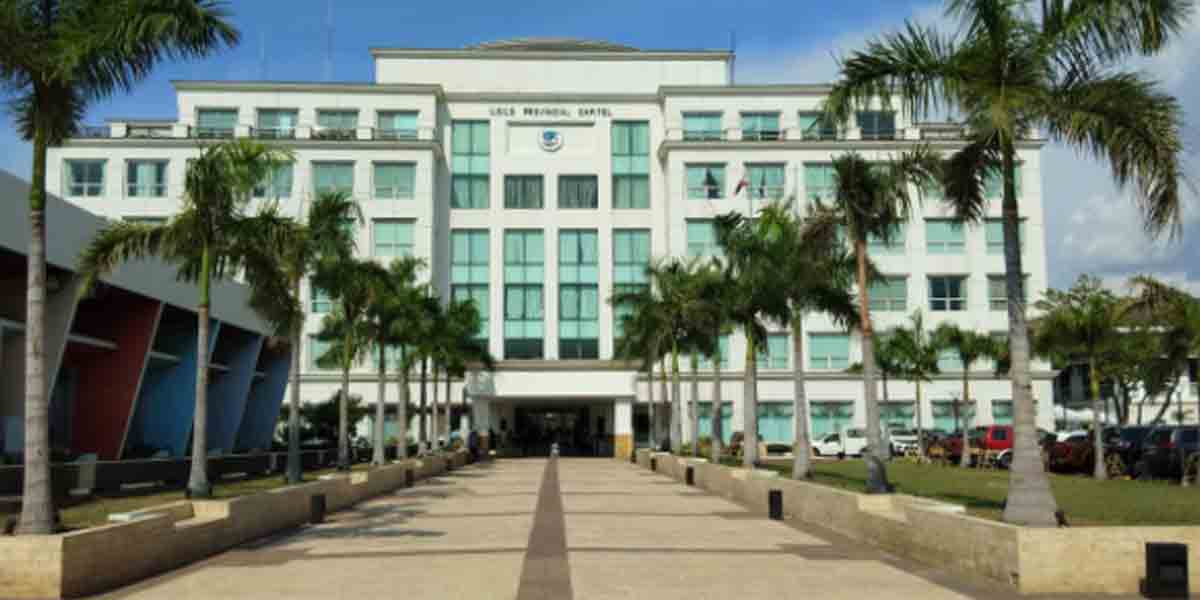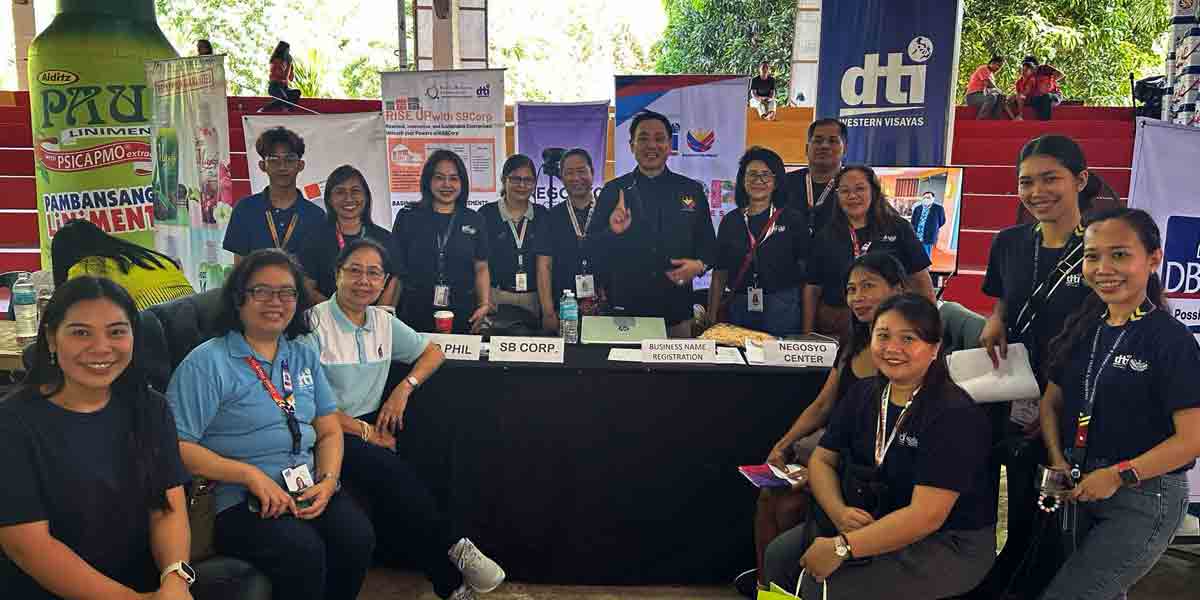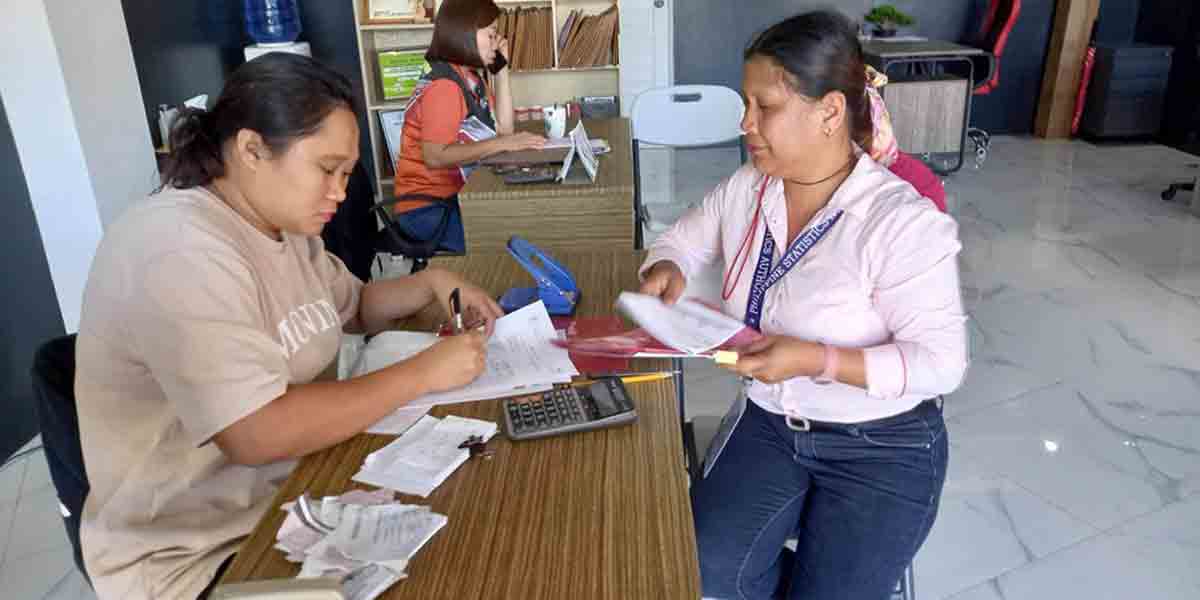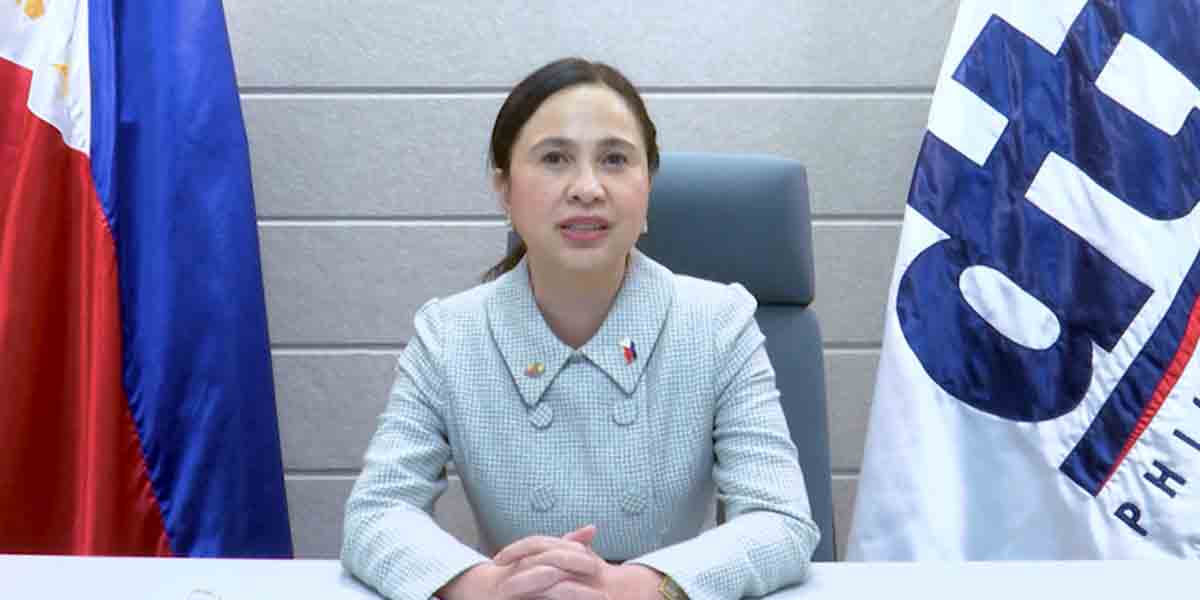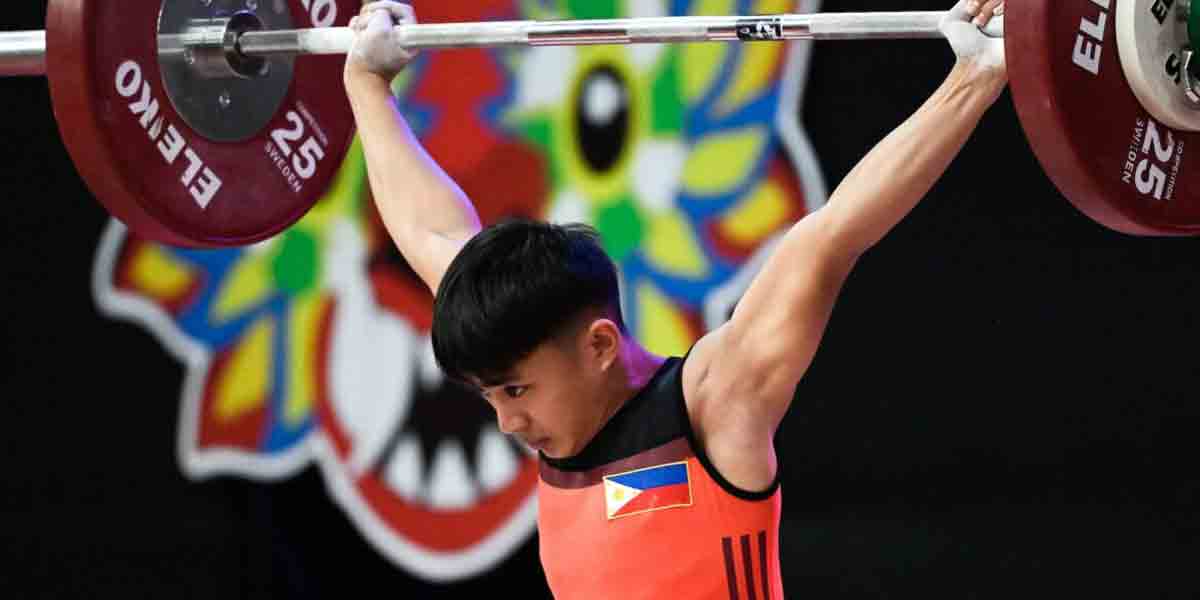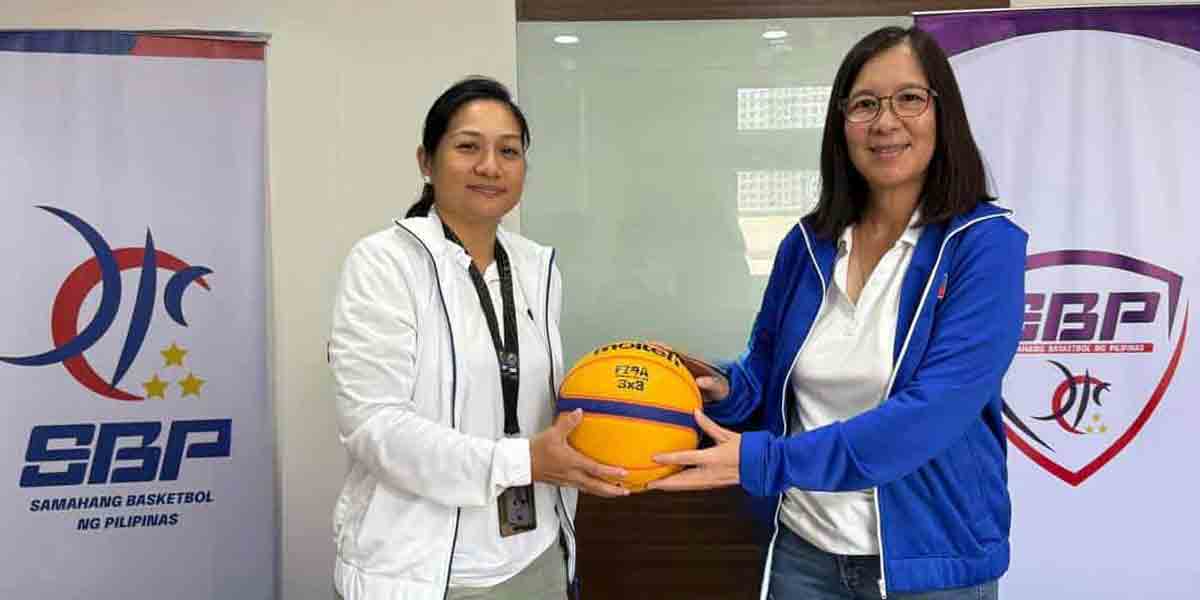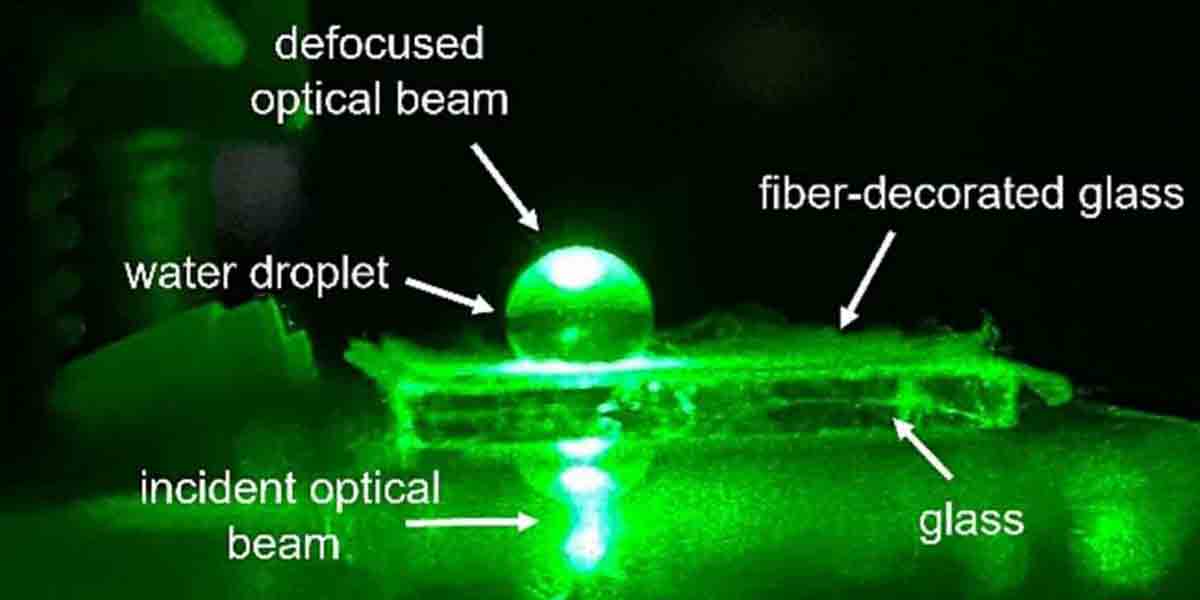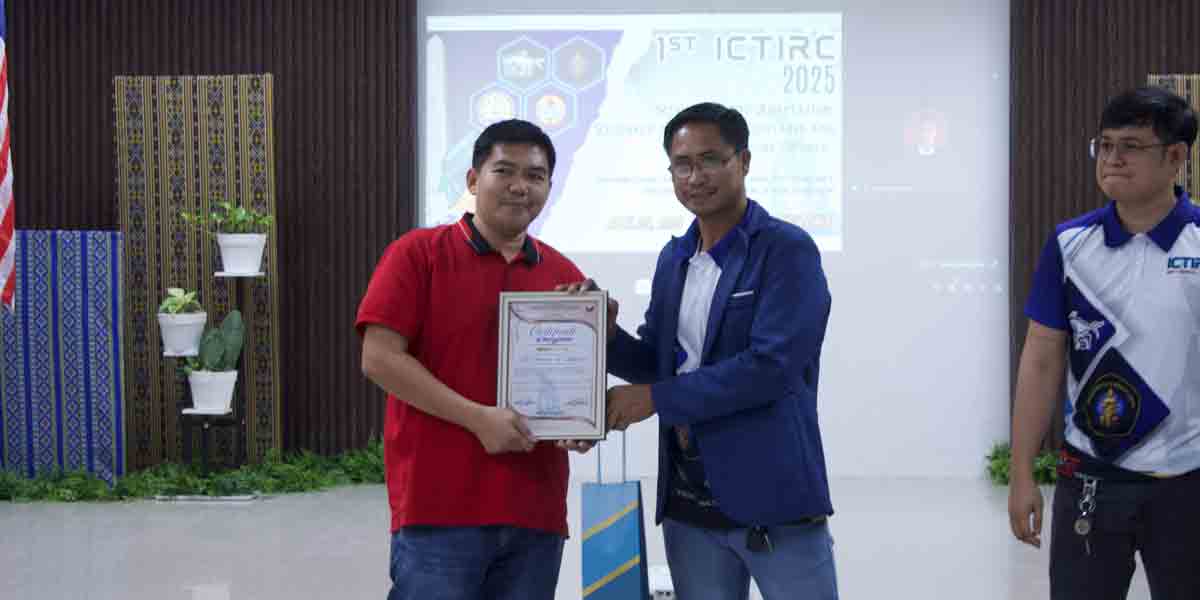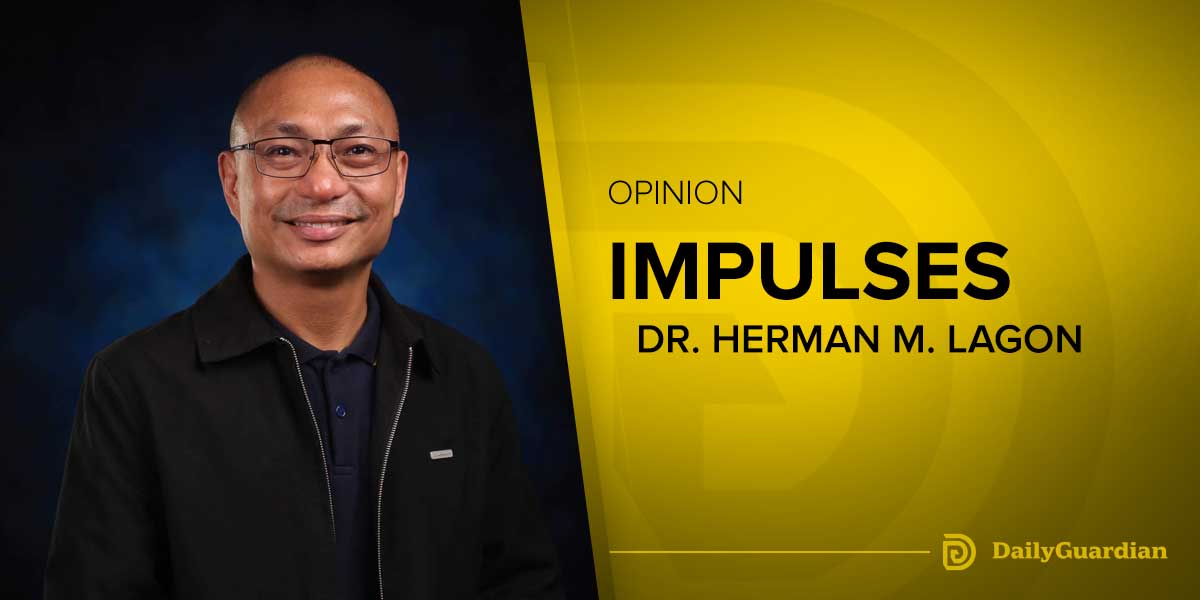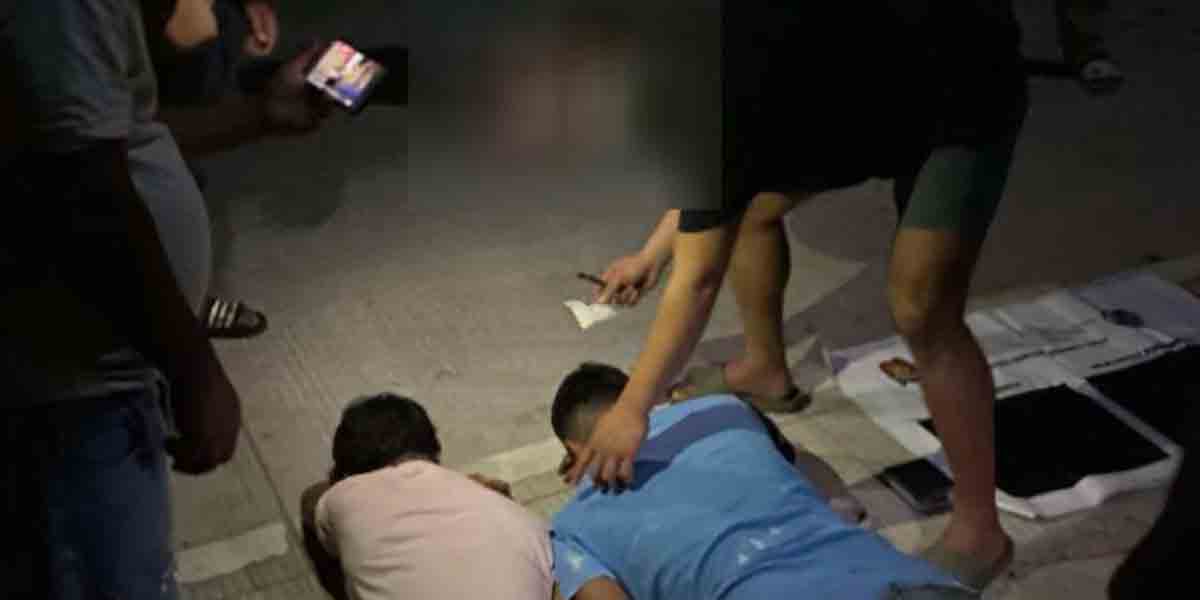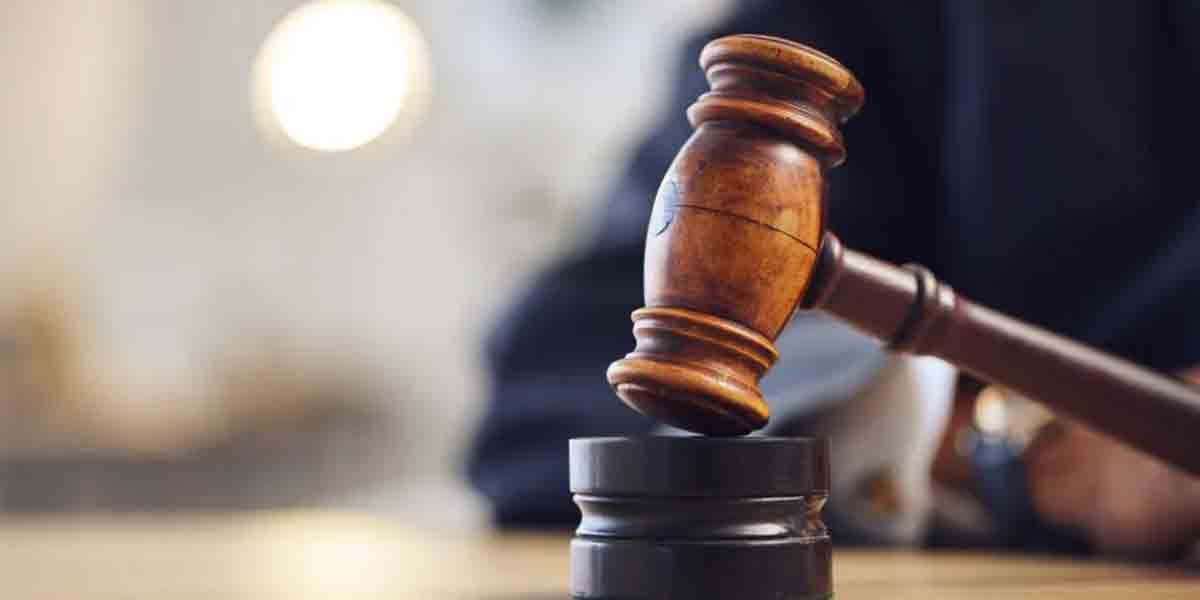By Atty. Eduardo T. Reyes III
In an article dated August 21, 2021 titled “Photocopies and the Original Document Rule,” this column extrapolated that photocopies are now admissible in evidence as they are. The salient portion of the previous article written when the new rules had just taken effect, reads:
“It is readily observable that the new rules on Evidence had expanded the meaning of a “duplicate original” to include those “produced by the same impression as the original”, or “from the same matrix”, and “by means of photography, including enlargements and miniatures”. Too, in even more generic terms, the new rules now allow “chemical reproduction” or “other equivalent means which accurately reproduce the original” as acceptable methods of reproducing documents. This, it is humbly submitted, would allow for “screenshots”, “printouts” and “photocopies” to fall within the meaning of “duplicate” and would pave the way for documents reproduced through these more technologically-advanced methods to become admissible as evidence in court.”
About four years after, today, the Supreme Court has come down with rulings that had recognized the admissibility of photocopies as duplicate originals.
Yet, the nuances of the rules on admitting photocopies must be reckoned.
In a criminal case for murder where the proof of death of the victim became an issue, the admissibility of the photocopy of the certificate of death was assailed by the defense. Therein, the Supreme Court ruled that a photocopy is now admissible as a duplicate original, thus:
“The 2019 Revised Rules on Evidence modified the title of the Best Evidence Rule to the Original Document Rule. Further, scrutiny of the structure of the current Rule 130, Sections 3 and 4 reveals that no evidence is admissible other than the original document itself. By express provision, a duplicate, which is defined in Rule 130, Section 3(b), is admissible to the same extent as an original unless any of the two exceptions are present. It is notable that the definition of a duplicate does not exclude those reproduced from a paper-based original. Accordingly, a duplicate of a paper-based document, under the 2019 Revised Rules on Evidence, is admissible to the same extent as an original except when any of the exceptions are present.
xxx
A photocopy, which is a counterpart produced by the same impression as the original through action of light on an electrically charged surface, clearly falls under the definition of a duplicate. A photocopy, being a duplicate, is admissible to the same extent as the original absent any genuine question as to the authenticity of the original or a showing that it is unjust or inequitable to admit the duplicate in lieu of the original.
In this case, no question has been raised as to the authenticity of the original death certificate. There is also no allegation, much less proof, that it would be unjust or inequitable to admit the duplicate. Accordingly, the duplicate of the death certificate of Ildefonso, marked as Exhibit “B” by the RTC, is admissible to the same extent as the original.” (People v. Lastimosa, G.R. No. 265758, February 3, 2025).
Indeed, a photocopy is now admissible as evidence as it is. There is a caveat, however. There must be no “genuine question as to the authenticity of the original or a showing that it is unjust or inequitable to admit the duplicate in lieu of the original.”
In another case involving the validity of an alleged second marriage where a person contracted two marriages and claimed that his second marriage is void for being bigamous, he presented a photocopy of the front page only of the marriage certificate of the alleged first marriage.
In this second case, it was concluded that the presentation of a photocopy of only the front page of marriage certificate is not enough to prove a previous marriage to the end that the alleged second marriage is bigamous and void. (Leoncio L. Melocoton v. Jennifer B. Pring and the Republic of the Philippines, G.R. No. 265808, January 22, 2025).
Inevitably, the second case is an instance where there is a “genuine question as to the authenticity of the original or a showing that it is unjust or inequitable to admit the duplicate in lieu of the original.” This is because in the second case, the presumption of validity of marriage will prevail unless clear and convincing evidence is presented to topple the presumption down. Too, it would be unjust or inequitable to admit the duplicate in lieu of the original as the validity of the second marriage will be undermined.
In fine, when photocopies are presented as evidence, courts would need to do a balancing act by making sure that while photocopies are now admissible as they are, as duplicate originals, the admission must not ignore a “genuine question as to the authenticity of the original or a showing that it is unjust or inequitable to admit the duplicate in lieu of the original.”
(The author is the senior partner of ET Reyes III & Associates (ETRIIILaw)– a law firm based in Iloilo City. He is a litigation attorney, a law professor, MCLE lecturer, bar reviewer and a book author. Among the books he authored is Law on Property and Essentials of Land Registration [2024 Edition] which was on the bestseller’s list in online shops for several months. His website is etriiilaw.com).


